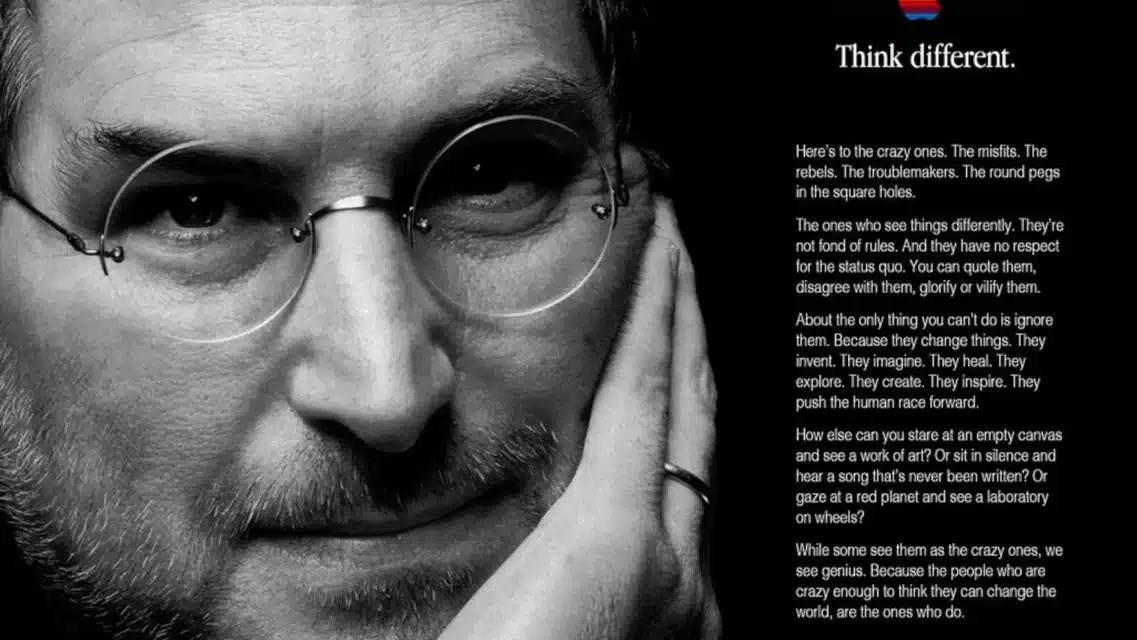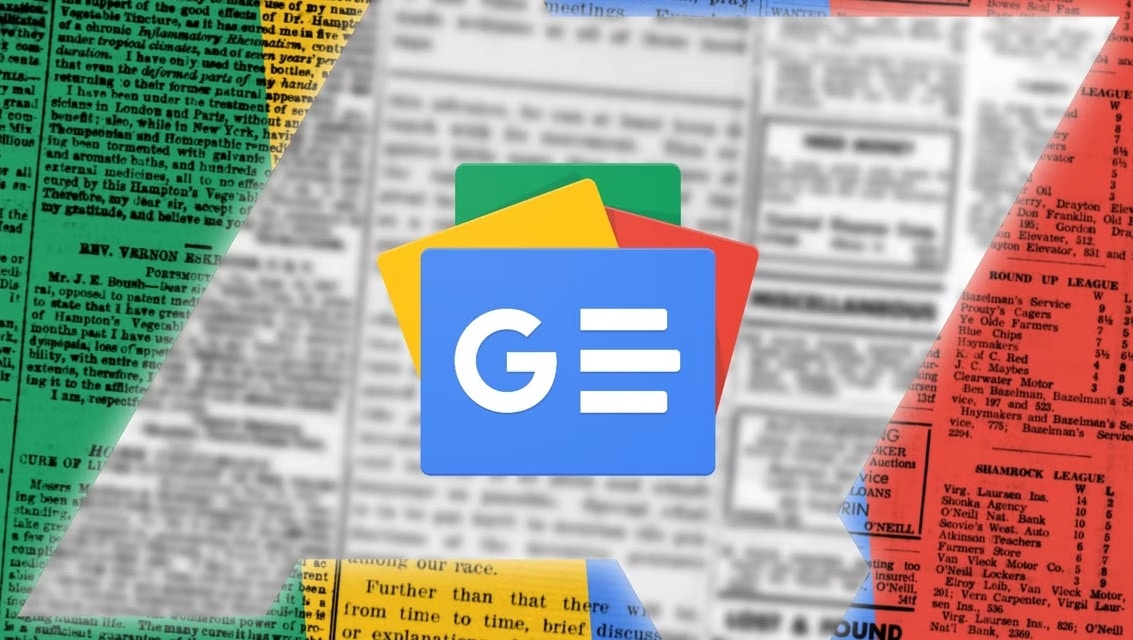I spent years rolling my eyes at its smug aura and closed-off ecosystem, sticking with my generic PC while seeing myself as more practical and less swayed by marketing hype. But then Steve Jobs hit his stride. He unveiled one game-changing gadget after another, and gradually I was seduced. Under Jobs, watching an Apple keynote felt like witnessing history; each product unveiling carried genuine excitement and cultural impact that transcended mere technology. I went from scoffing at Apple to eagerly queuing up for the latest iDevice, completely won over by the elegant design and the sense that it “just works.”
So what changed? The simple answer: Steve Jobs' legacy and vision stopped echoing through the donut corridors, and so too the magic he wielded at Apple. Under Jobs, Apple wasn't just making products; it was shaping culture. He'd readily call a prototype 'rubbish' and send his team back to the drawing board at 2 a.m. if it wasn't good enough. It sounds harsh, but that tough love forged products that were years ahead of their time. Today, that creative tension is largely gone. Apple still makes polished gadgets, but the fearless “think different” spirit has faded.
For proof of this cultural shift, look at Jony Ive. The design genius behind the iMac, iPod, and iPhone was considered the keeper of Apple's soul after Jobs passed. Ive wasn't just a designer; he was Jobs' creative soulmate, who translated Apple's philosophy into physical objects people connected with emotionally. But Ive left in 2019, and rumour has it he quit because there was too much praise and not enough push. In other words, the culture that once challenged even its superstars had become complacent. Without someone to rigorously critique and drive them to do better, even a talent like Ive may have felt stifled by a “good enough” mentality.
Nothing illustrates Apple's complacency better than its misadventures in artificial intelligence. Siri was an early pioneer, but it stagnated whilst others sped ahead. Apple tried to catch up with something called “Apple Intelligence” in the iPhone 16, hyped as if your phone was about to become a genius personal assistant. The marketing promised something almost magical, and even I felt a tiny flicker of hope. When the iPhone 16 finally launched, the vaunted “Apple Intelligence” features turned out to be limited or even absent – a bait-and-switch that didn't escape users' notice.
The promised AI features couldn't handle basic contextual questions, often responding with the same limitations Siri had shown for years. The backlash was swift: customers filed a class-action suit over the misleading adverts, and Apple quietly pulled those glossy AI commercials from the web. It was a stark reminder that this isn't Jobs' Apple any more; can you imagine the old Apple bungling a flagship feature like that and ending up in court?
Apple's leadership responded with a rare executive shake-up. Tim Cook, normally calm and steady, apparently lost patience with the AI debacle. He demoted Apple's AI chief John Giannandrea and put Mike Rockwell – the Vision Pro team lead – in charge of Siri and AI. It was a very public admission that Apple's AI strategy wasn't working.
Apple has even been quietly leaning on others to fill its AI gaps – once unthinkable for a company that prided itself on doing everything in-house. Word is that Apple teams have used OpenAI's ChatGPT and Google's Gemini to handle tasks Siri can't. That's like Ferrari secretly using BMW engines. It might work, but it's a blow to Apple's pride. The company that once insisted on owning every layer of tech is now, however reluctantly, depending on outside help to keep up in the AI race.
And when Apple stumbles, it distracts. As the AI disaster and executive shake-up dominated headlines, the company teased its next-gen iPhone chip ahead of schedule – a classic misdirection: “Sure, we messed up on AI, but look at the amazing chip you'll get in the future!” Apple's big bet on augmented reality isn't exactly panning out.
The Vision Pro headset was supposed to herald a new era, but its reception has been lukewarm. Initial demos turned heads, sure, but then reality set in. Despite its technical achievements, the Vision Pro offered no compelling everyday use case to justify its price — the exact opposite of the iPhone, which immediately felt essential. With an eye-watering price tag and no obvious must-have use case, the excitement quickly evaporated. It's clearly not the iPhone moment Apple was hoping for. At this point, the Vision Pro feels more like an expensive experiment waiting for a purpose.
Even Apple's investors are getting nervous. For years, the stock soared on iPhone success and faith that the company always had another trick up its sleeve. Now they're asking whether Apple still has another big idea, or if it will just keep milking the iPhone until the well runs dry. With visible misfires and no visionary in sight, uncertainty is creeping in – and investors loathe uncertainty almost as much as I loathe what Apple has become.
I loved Apple when it felt like a company of dreamers and rebels; I hate it now that it feels run by caretakers guarding the status quo. It may sound harsh, but from the outside, Apple has clearly lost its way. What makes this especially frustrating is knowing what Apple is capable of when truly committed to innovation rather than iteration. Steve Jobs wanted to make a dent in the universe; today's Apple seems focused on not denting its stock price. Unless Apple can rekindle some of that old magic, my cynical stance isn't going anywhere.



